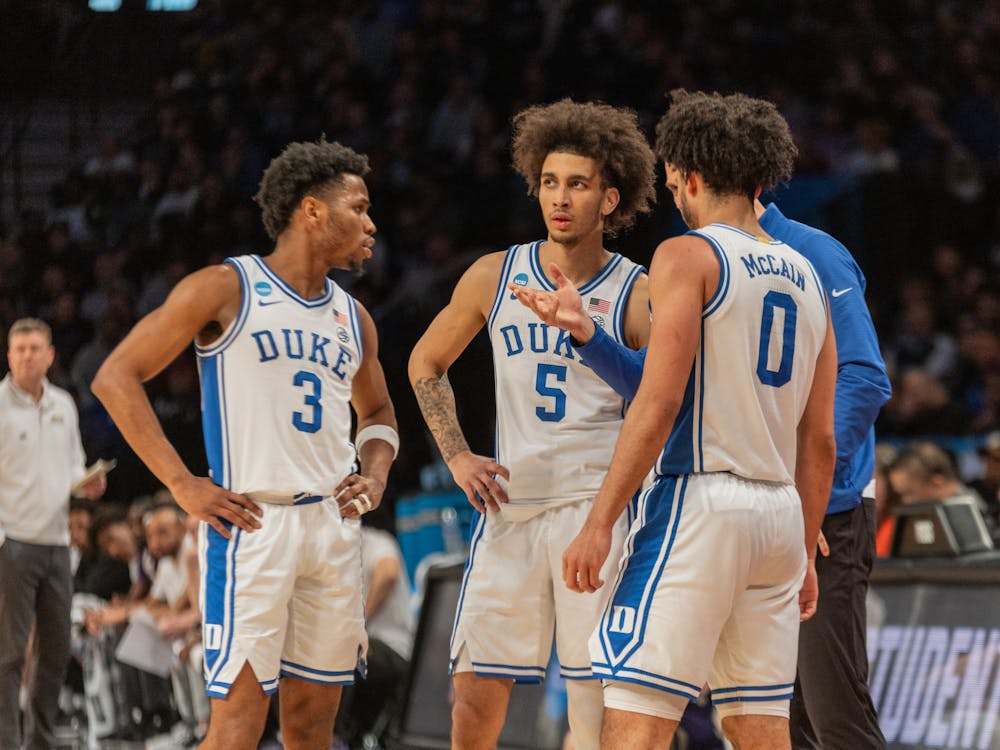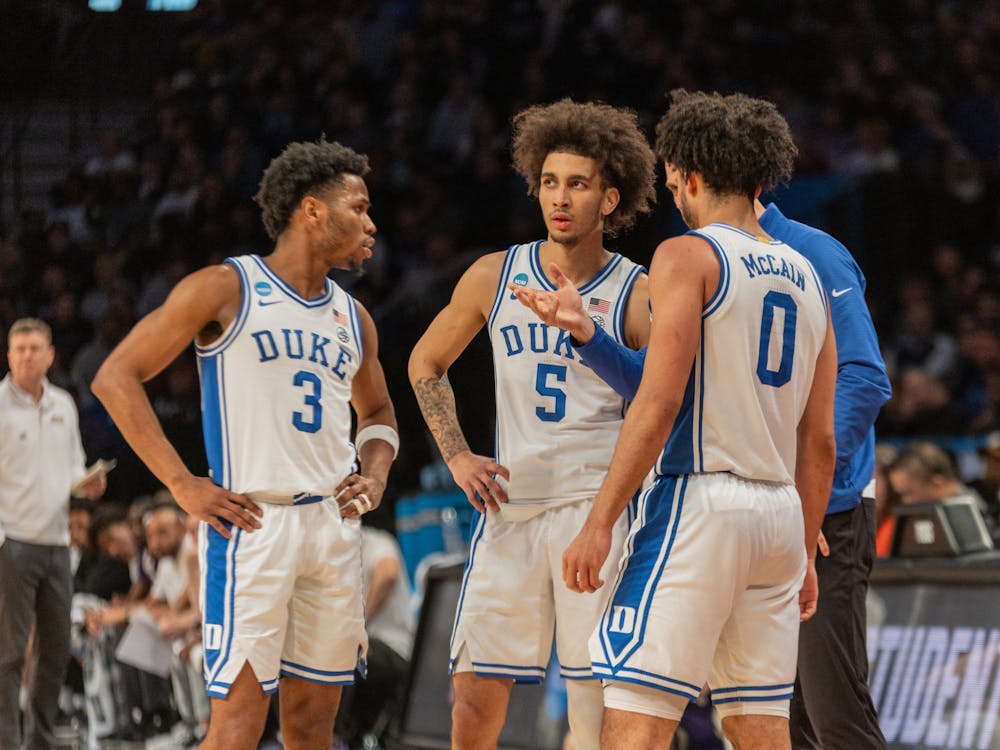
The recent weeks have witnessed significant roster changes for Duke men’s basketball, with many players departing due to various reasons, including lost eligibility, entering the NBA draft, or seeking new opportunities via the transfer portal. This development prompts a discussion on whether it will ultimately benefit or hinder the Blue Devils, and both perspectives are examined here:

Point: Duke’s transfers may harm the team and program
Duke head coach Jon Scheyer has experienced roster turnover before, particularly in his first year when the team underwent significant changes. However, the current turnover differs as seven players, including key figures like Jeremy Roach, have entered the transfer portal. These departures, coupled with others heading to the NBA draft, leave Duke with minimal returning experience in terms of minutes and scoring for the upcoming season. This lack of continuity could pose challenges for the team, especially considering historical data indicating the importance of returning players in successful NCAA tournament runs.
The decisions of players like Roach and Mark Mitchell to transfer are largely influenced by the new Name, Image, and Likeness (NIL) opportunities in college basketball. By moving to other schools, they anticipate greater exposure and potential earnings, free from the competition posed by incoming talents at Duke. Similarly, other transfers seek guaranteed playing time and the chance to shine in less competitive environments, potentially earning more NIL money. This trend could prompt further transfers in the future, disrupting the traditional concept of players committing to established programs for championship aspirations.
Counterpoint: No need to panic about Duke men’s basketball’s roster turnover
While Duke has experienced significant roster turnover, including key players like Jeremy Roach, there is no cause for alarm. Despite losing several contributors, the team still retains promising returners and welcomes a strong recruiting class. Although Roach’s departure may come as a surprise, the addition of Tyrese Proctor, Caleb Foster, and incoming freshmen guards provides depth and talent in the backcourt.
In the frontcourt, the departures of Sean Stewart and Mark Mitchell are notable, but the team has potential replacements in the form of incoming freshmen Cooper Flagg and Kon Knueppel. Furthermore, Duke’s focus on acquiring experienced transfers like Maliq Brown and Mason Gillis demonstrates a strategic approach to bolstering the roster with defensive prowess and three-point shooting.
In the evolving landscape of college basketball, relying on transfers and one-and-done players has become commonplace. By capitalizing on the transfer portal and combining elite freshmen talent with experienced veterans, Duke positions itself for success in a new era of the sport. Coach Jon Scheyer’s proactive approach to adapting to these changes indicates the program’s readiness for another deep postseason run, albeit through a different pathway.
Overall, while the roster turnover may present challenges, Duke remains well-equipped to compete at a high level and navigate the evolving landscape of college basketball.








